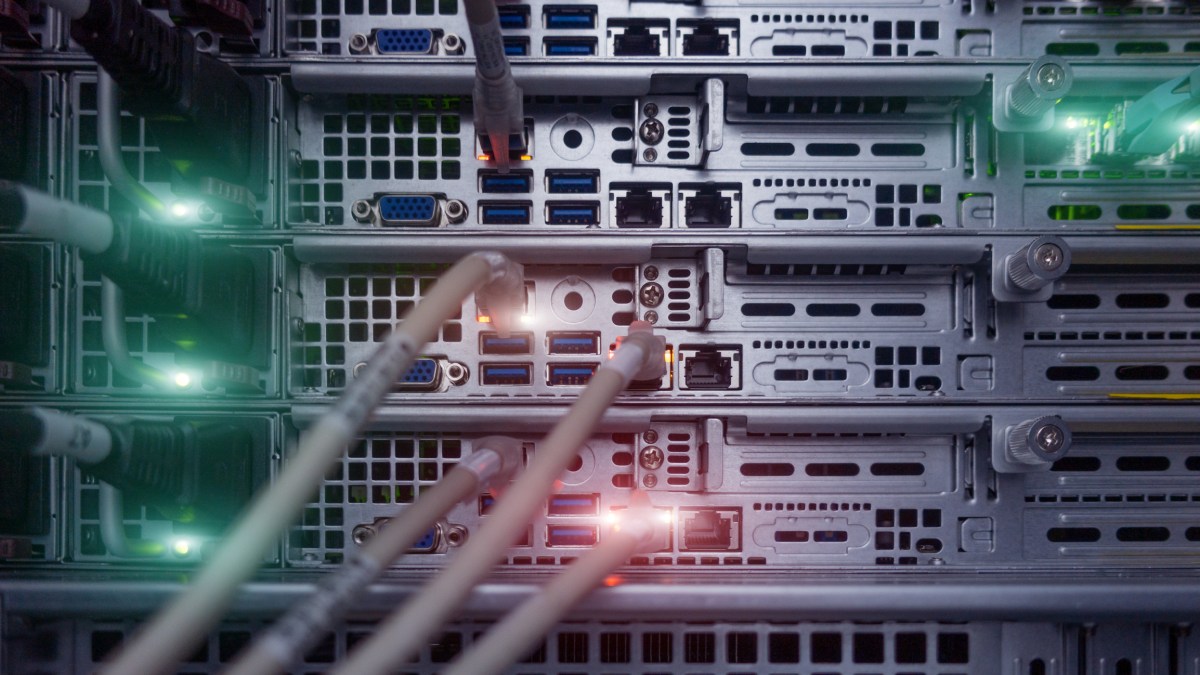Key Takeaways:
I. Nexalus's direct-to-chip cooling offers a potential paradigm shift in data center thermal management.
II. Waste heat recovery offers attractive economic and environmental benefits, but its feasibility depends on careful planning and integration.
III. Widespread adoption of Nexalus's technology requires addressing scalability challenges, cost-effectiveness, and establishing industry standards.
The insatiable demand for data processing, driven by the rise of artificial intelligence, high-performance computing, and the ever-expanding digital universe, is pushing data center energy consumption to unsustainable levels. Traditional air-cooling methods are struggling to keep pace with the escalating heat generated by high-density servers, leading to soaring energy costs and a growing carbon footprint. Nexalus's direct-to-chip hot-water cooling system, with its claimed 35% energy reduction and potential for waste heat reuse, offers a compelling alternative. This article provides a nuanced, data-driven analysis of Nexalus's technology, exploring its technical intricacies, economic viability, and the challenges of widespread adoption.
Microjets and Hot Water: A Novel Approach to Data Center Thermal Management
Nexalus's system employs microjet impingement, where an array of tiny nozzles directs hot water jets directly onto the back of each chip. This targeted approach maximizes heat transfer efficiency by focusing cooling power precisely where it's needed most. Unlike traditional air cooling, which relies on less efficient convective heat transfer across the entire server, microjets pinpoint hotspots, enabling more effective heat removal and potentially a tenfold increase in heat transfer coefficients (Jörg et al., 2018; Wei et al., 2017).
Compared to cold plate systems, which still involve an intermediary conductive layer between the chip and the coolant, Nexalus's direct-to-chip contact eliminates this thermal resistance, further enhancing efficiency. This direct contact, combined with the high thermal conductivity of water, allows for rapid heat dissipation, enabling higher power densities and reducing the overall footprint of the cooling system.
Nexalus's liquid cooling significantly reduces PUE, leading to substantial energy savings in data centers.
The choice of hot water as a coolant is strategically significant. While introducing challenges related to material compatibility and corrosion prevention, hot water facilitates efficient waste heat recovery. The elevated temperature of the coolant allows for easy integration with district heating systems or industrial processes, turning a waste product into a valuable resource. Nexalus likely addresses corrosion concerns through careful material selection and water treatment strategies, ensuring system longevity and reliability.
Scaling microjet impingement to hyperscale data centers presents non-trivial engineering challenges. Maintaining uniform flow distribution and pressure across a vast network of microfluidic channels is crucial for consistent cooling performance. Preventing leaks and ensuring long-term reliability in a complex, high-pressure environment requires robust design and meticulous maintenance. Furthermore, the initial cost and complexity of implementing such a system at scale can be substantial.
Monetizing Heat: The Economics of Data Center Waste Heat Utilization
Nexalus's hot-water cooling system generates a stream of heated water that carries significant thermal energy, traditionally treated as waste. This heat can be captured and repurposed for various applications, creating a circular economy model for data center operations. Potential uses include district heating, providing warmth to homes and businesses; industrial processes requiring heat or steam, reducing reliance on fossil fuels; and even absorption chilling, generating additional cooling capacity within the data center itself.
The economic viability of waste heat recovery hinges on a complex interplay of factors. Local energy prices, the proximity of potential heat consumers (reducing transmission losses), and the cost of integrating with existing infrastructure all influence the return on investment. While potential revenue from heat sales can offset operating costs and even generate profit, a detailed cost-benefit analysis is essential. This analysis must consider not only capital expenditures and integration complexities but also potential revenue streams and long-term energy savings. For instance, data from the Applied Economics Clinic shows that geothermal heating in Massachusetts can save homeowners $420-$620 annually compared to gas furnaces, illustrating the potential economic benefits of waste heat utilization.
Integrating waste heat recovery with existing infrastructure presents logistical and technical challenges. The distance between the data center and heat consumers impacts efficiency due to heat loss during transport. Compatibility with existing district heating systems or industrial processes requires careful temperature and pressure management. Regulatory hurdles, permitting processes, and potential community acceptance issues can further complicate implementation.

Ultimately, the success of waste heat recovery depends on a holistic approach that considers data center location, waste heat utilization strategies, local energy markets, and regulatory frameworks. A comprehensive assessment considering these factors is crucial for making informed investment decisions and maximizing both economic and environmental benefits.
Challenges and Opportunities: The Future of Liquid Cooling in Data Centers
Scaling Nexalus's technology to meet the demands of hyperscale data centers, projected to reach 14.3 GW globally by 2025 with a growing reliance on high-power-density GPU servers (34% of capacity dedicated to GPU workloads, rising to 68% by 2029), presents significant hurdles. Ensuring uniform cooling across thousands of servers, managing the complexity of a vast liquid cooling network, and mitigating the risk of leaks are critical considerations. The sheer scale of these facilities requires robust, reliable, and easily maintainable solutions.
Cost remains a significant barrier to widespread adoption. While long-term energy savings and potential revenue from waste heat recovery can offset initial investment costs, a comprehensive life-cycle cost analysis is essential. This analysis must account for specialized infrastructure, ongoing maintenance, the need for skilled personnel, and the potential disruption associated with retrofitting existing data centers. The cost-effectiveness of Nexalus's system compared to traditional air or cold plate cooling will ultimately determine its market viability and widespread adoption. Furthermore, the development of industry standards and best practices for liquid cooling systems is crucial for ensuring interoperability, safety, and performance benchmarking, fostering wider adoption and market confidence.
The Future of Cooling: A Collaborative Approach to Sustainable Data Centers
Nexalus's direct-to-chip hot-water cooling system represents a significant leap forward in the pursuit of sustainable data centers. However, its success hinges on a collaborative ecosystem. Technology providers must prioritize scalability, reliability, and cost-effectiveness. Data center operators need to embrace innovative solutions and engage in pilot projects to validate real-world performance. Policymakers can incentivize sustainable practices through regulations and tax breaks, fostering a market environment conducive to the adoption of green technologies. Research institutions play a crucial role in exploring next-generation coolants, advanced materials, and AI-driven optimization strategies. The path to a truly sustainable digital future requires a collective commitment to innovation, collaboration, and a willingness to challenge conventional approaches.









